Report this entry
More from the same community-collection
El Paso Young Ghostbusters - 2016
El Paso Y.O.U.N.G GHOSTBUSTERS is a fan based children's group. ...
El Paso Young Ghostbusters - 2016
El Paso Y.O.U.N.G GHOSTBUSTERS is a fan based children's group. ...
Cruz Barrios de Cazares and Children - El Paso, Texas
Cruz, esposa de Felipe Cazares, mather of Carlota, Altagracia ...
Felipe Cazares with other revolutionaries
Felipe Cazares, third from the right, great grandfather of Jorge ...
Union Pacific Railroad Foundation - 2016
The DIGIE translation project. Representatives from Union ...
Jennifer Han & Liliana Martinez Title Fight - 2016
Liliana Martinez during the weigh - in --downtown El Paso, ...
Jennifer Han & Liliana Martinez Title Fight - 2016
Liliana Martinez during the weigh - in --downtown El Paso, ...













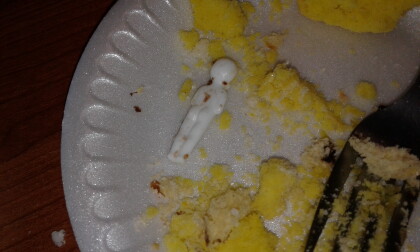
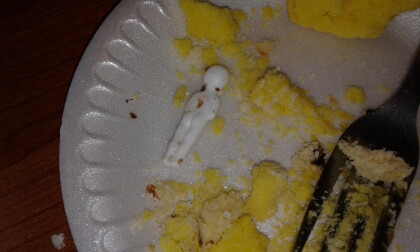

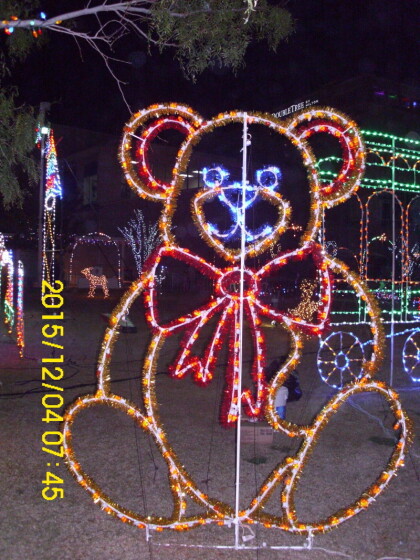
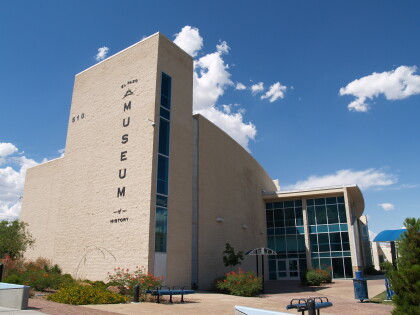
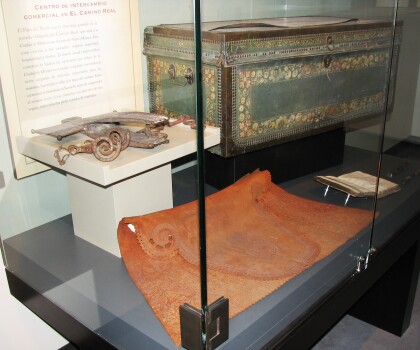
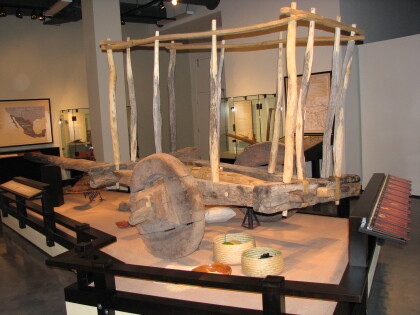
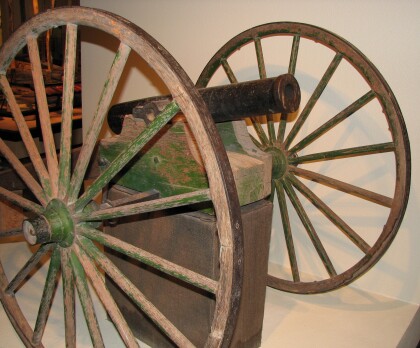
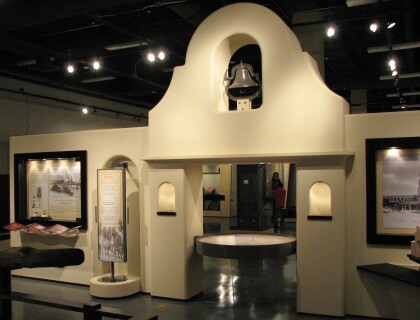
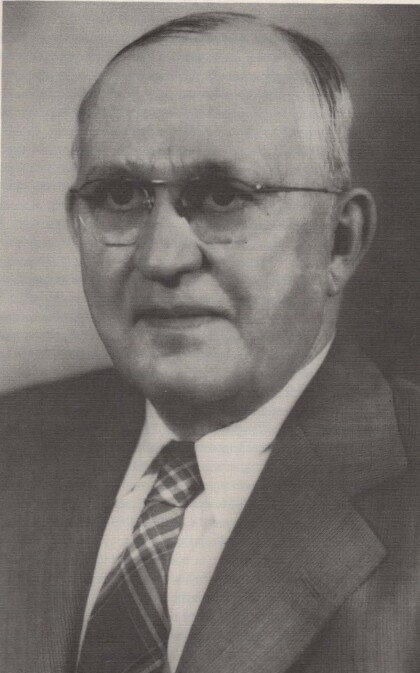
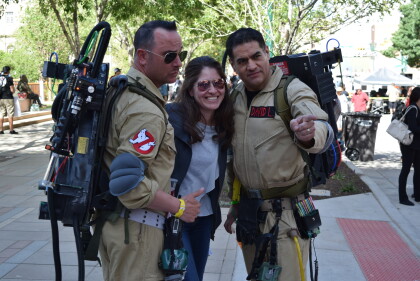
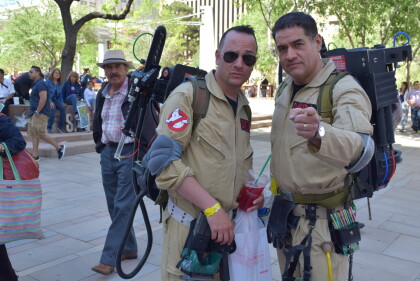

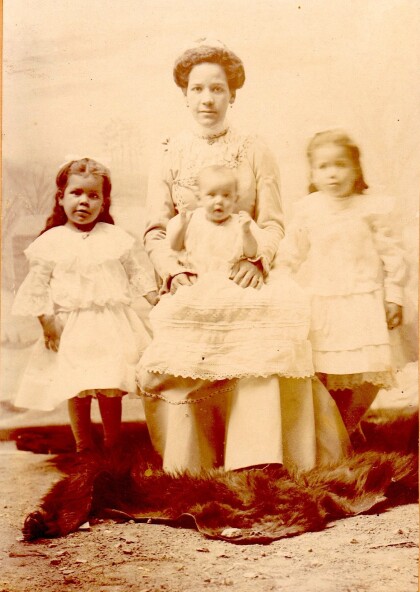
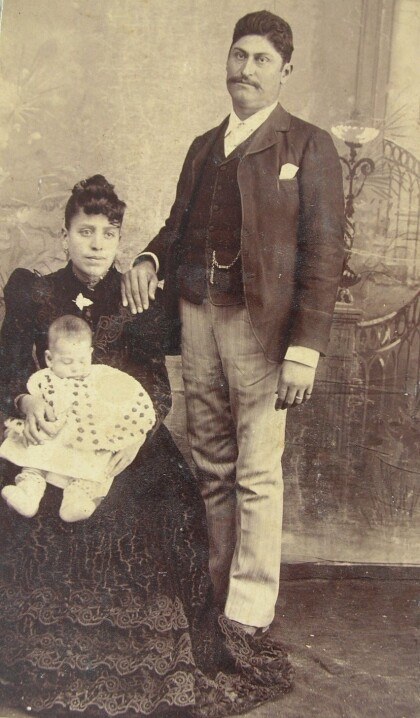
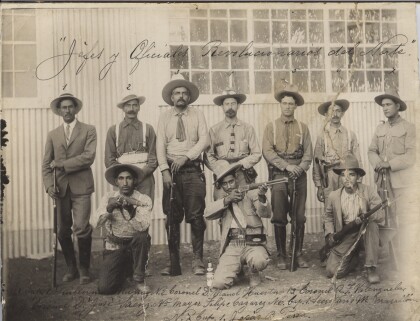
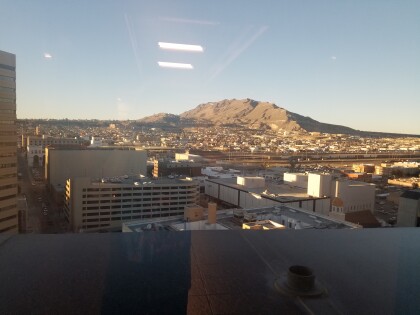
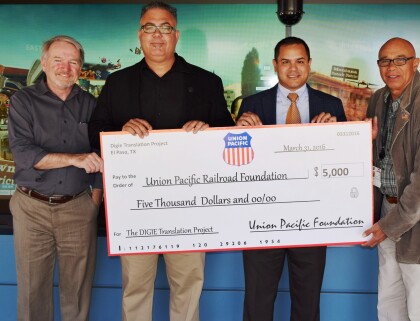
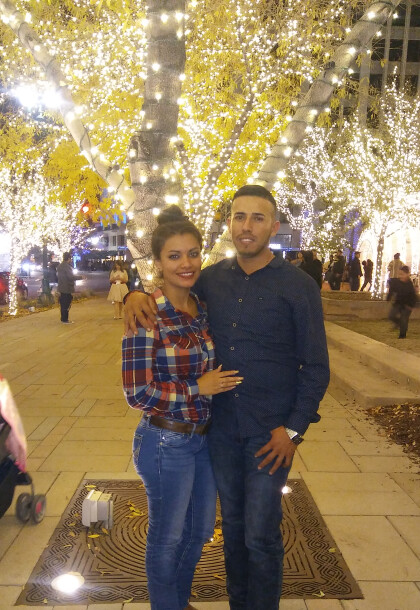
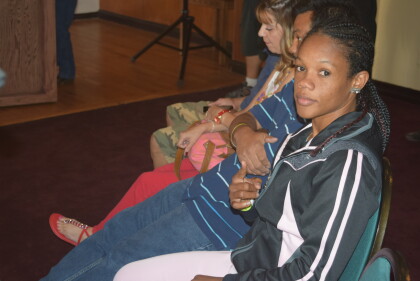
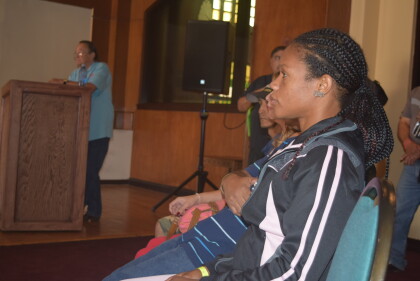
Comments
Add a comment